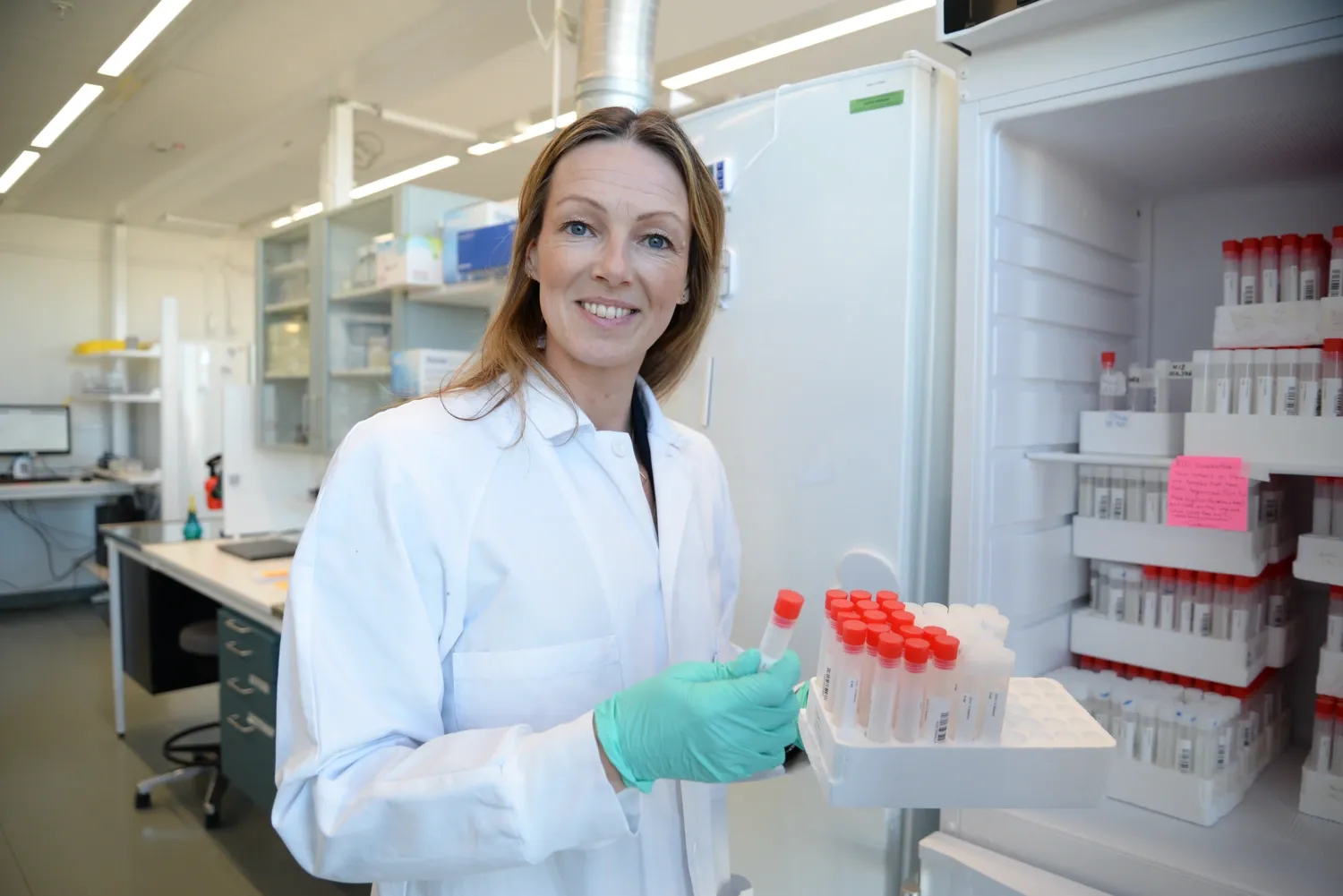Accurate diagnostics that work well are a prerequisite for knowing what is going on and what we are dealing with, both in everyday life, but not least in a health crisis. Consequently, the need for adaptable and scalable laboratory and diagnostic capacity is central to rapid and adequate response in many health crises, whether infectious diseases or chemical spills.
In a health crisis, we need to know what we are dealing with, in order to best manage and minimise the consequences. In doing so, laboratory and diagnostic work plays a sometimes less visible, but ever so crucial role in managing a health crisis. To be able to act quickly and manage the response, we need to be well prepared. This is a running theme in many of the information campaigns during the Preparedness Week.
A concrete example of the role that laboratory and diagnostic plays in a health crisis could be seen during the COVID-19 pandemic, when testing and tracing, but also variant surveillance with genome sequencing were crucial tools in pandemic management. Simply put, it was a matter of finding out if it was COVID-19 and what the spread looked like, in order to understand and manage the outbreak.

Large-scale COVID-19 diagnostics at Karolinska Institutet
To answer these questions, laboratories with the capacity to diagnose COVID-19 were needed. As early as March 2020, people here at Karolinska Institutet made their expertise and resources available to support the surrounding community when the pandemic hit. Among other things, the National Pandemic Centre (NPC) was set up at Karolinska Institutet, a laboratory for large-scale COVID-19 diagnostics that supported Swedish healthcare with analysis and testing capacity. Some concrete examples of what that support looked like are the over 620,000 diagnostic PCR tests and over 137,000 whole genome sequencing tests performed by the NPC. At its peak, 230 people worked in shifts around the clock at the NPC.
Jessica Alm, Head of Unit at the NPC, looks back with pride on what they contributed with during the COVID-19 pandemic, but she is also actively working to preserve the expertise and capacity they built up, in order to maintain and improve preparedness for the next health crisis.
- "I think it is extremely important that we take joint responsibility for utilising, managing and refining what has been built up during the COVID-19 pandemic. The lessons learnt and the expertise we now have need to be actively translated into preparedness for future health crises. Although most people seem to agree on the importance of this, there is a lack of clear investment and resources to ensure that laboratory preparedness and expertise is maintained, so that we can support the surrounding community in a similar way as we did at the NPC during the pandemic," says Jessica.
Surge capacity - the ability to scale up
Managing a health crisis requires more than just stuff, such as machines, analytical reagents and masks; it also requires staff with the right skills, systems for them to work within, and appropriate spaces to work in. The concept of surge capacity identifies four areas where the ability to scale up should exist in order to be able to respond quickly and adequately to a crisis; these areas are called the four S's: stuff, staff, systems and space.
What that capacity should look like for laboratory and diagnostic activities is a question that Jessica continues to address in her role as Expert Coordinator for Laboratory and Diagnostic Preparedness at the Centre for Health Crises.






